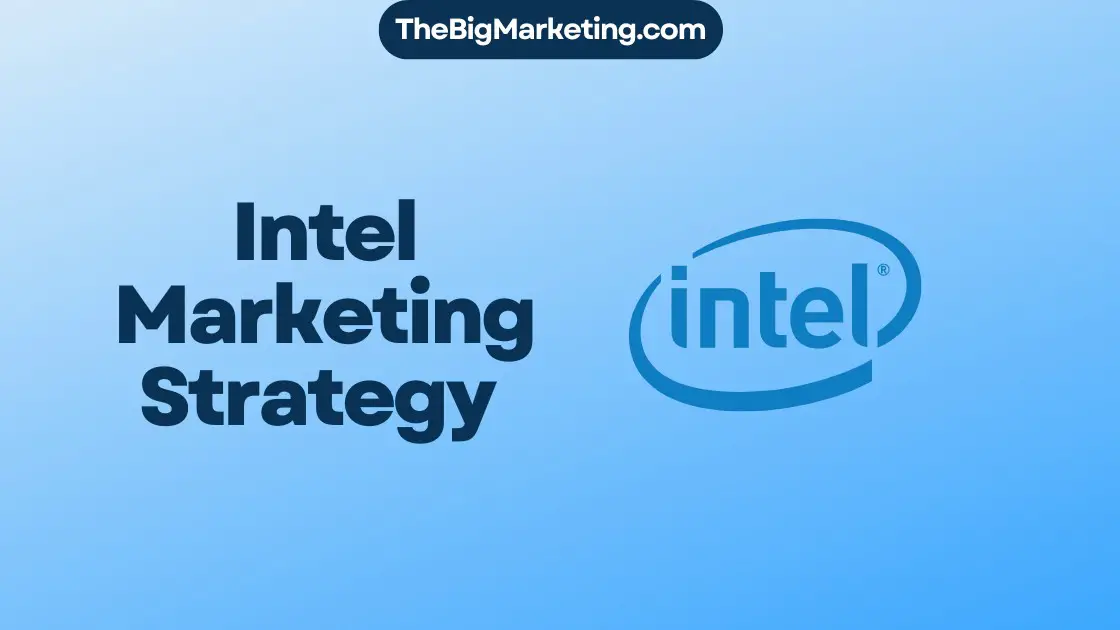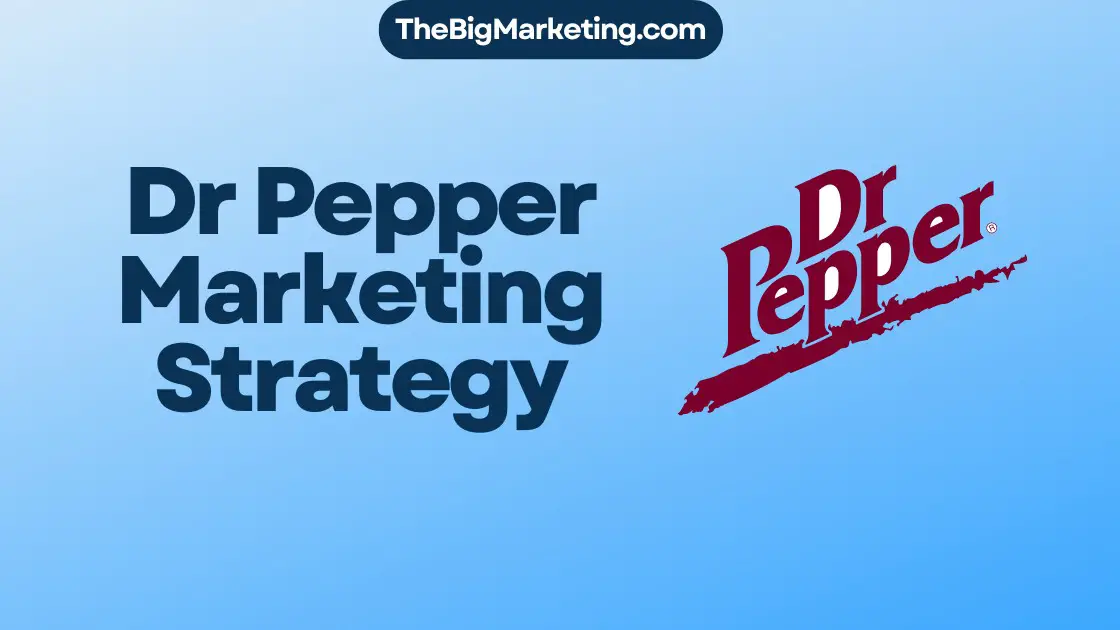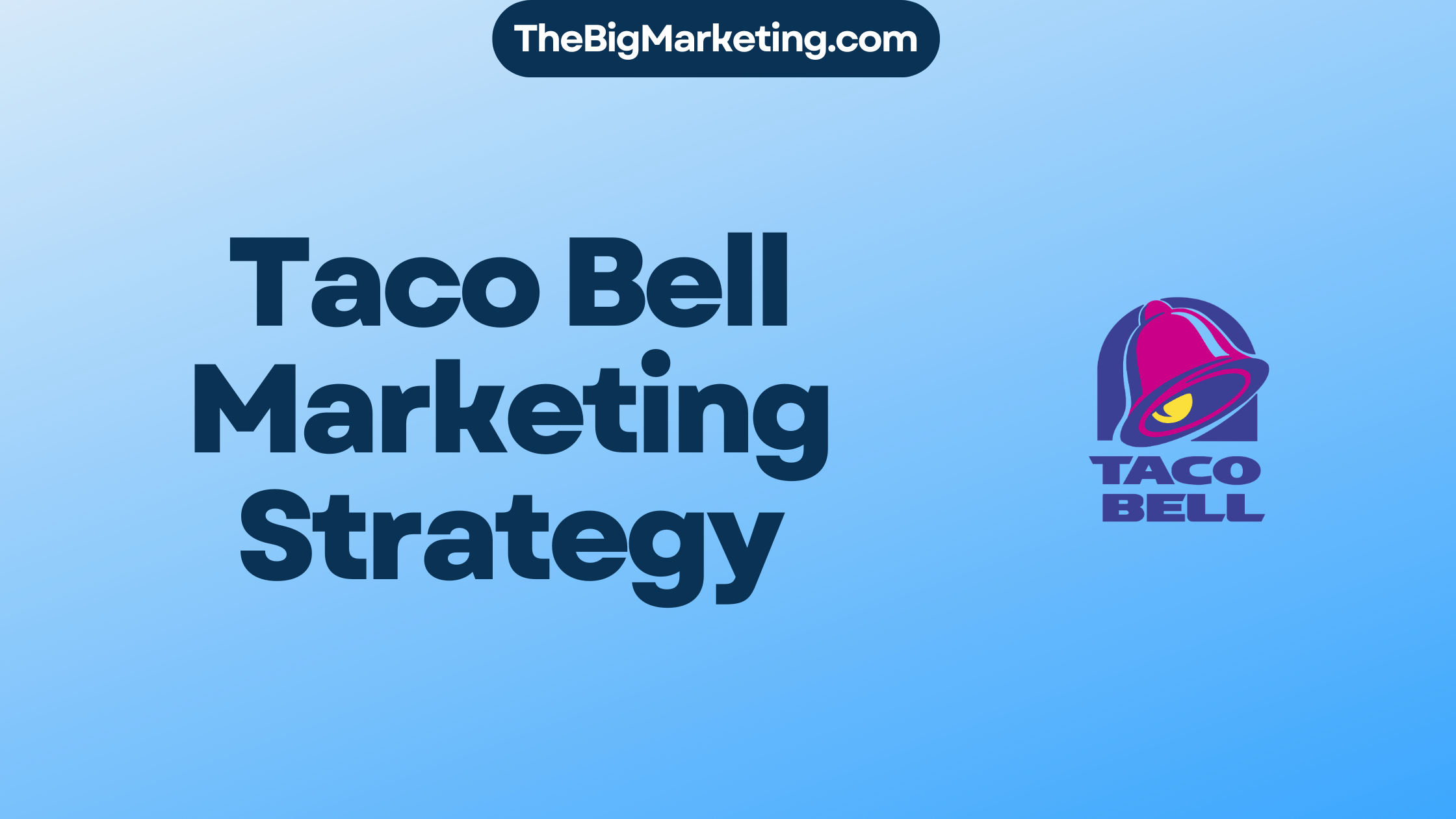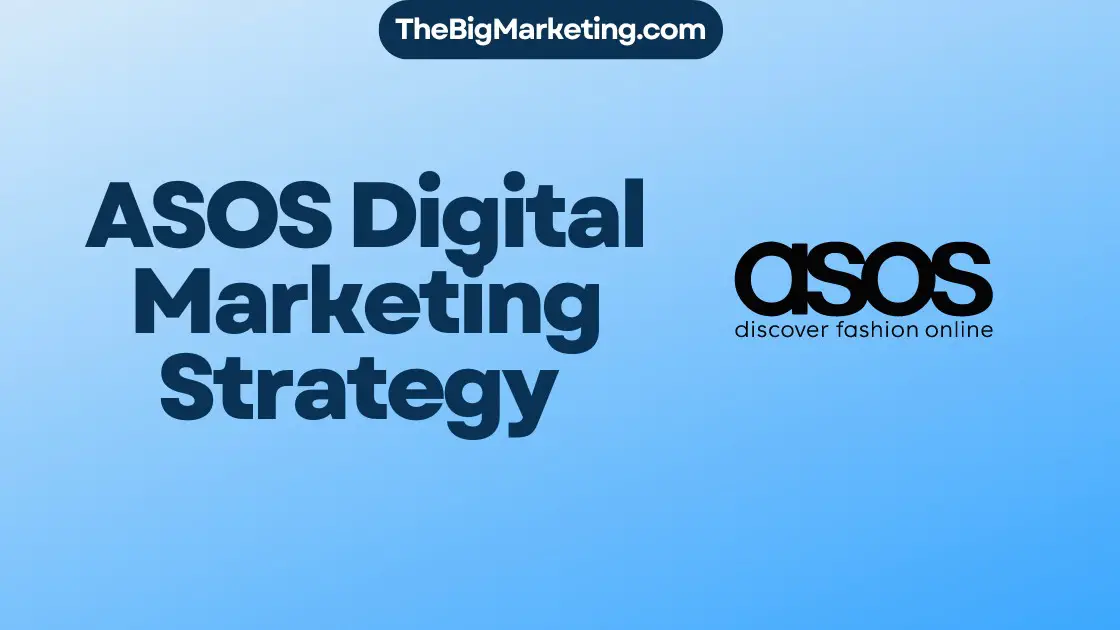Brand strategy and marketing strategy are two essential components for businesses looking to achieve success in today’s competitive market. While they may seem similar, there are significant differences between the two. In this comprehensive guide, we will explore the definitions of brand strategy and marketing strategy, highlight their differences, and provide examples and tips for developing and implementing effective strategies for both.
When it comes to brand strategy, it focuses on creating an emotional connection with customers and shaping the image and identity of a business. On the other hand, marketing strategy is all about promoting products or services to increase sales and achieve specific business goals.
Now let’s delve deeper into the definitions and differences between brand strategy and marketing strategy and discover how businesses can utilize both approaches to drive their growth and success.
Key Takeaways:
- Brand strategy and marketing strategy are two distinct concepts with different objectives.
- Brand strategy focuses on creating an emotional connection and shaping the image and identity of a business.
- Marketing strategy aims to promote products or services and achieve specific business goals.
- Both strategies are essential for building a strong brand and driving business growth.
- Understanding the differences between brand strategy and marketing strategy is crucial for effective implementation.
Definition of Brand Strategy
Brand strategy is a long-term plan designed to create a unique image and identity for a business, building identification and favorability with customers. It involves the careful consideration of brand components such as brand voice, brand narrative, mission statement, logos, core values, and brand purpose. The goal of brand strategy is to differentiate the business from competitors and establish a deep emotional connection with the target audience. By developing a well-defined brand strategy, businesses can shape the perception of their company in the minds of customers, guide all communications and interactions with the brand, and ultimately drive success.
| Brand Components | Description |
|---|---|
| Brand Voice | The unique personality, tone, and style of communication used by the brand |
| Brand Narrative | The storytelling that encompasses the brand’s history, values, and purpose |
| Mission Statement | A concise statement that defines the purpose and goals of the brand |
| Logos | The visual representation of the brand, often a symbol or wordmark |
| Core Values | The fundamental beliefs and principles that guide the brand’s actions |
| Brand Purpose | The reason why the brand exists and the positive impact it aims to make |
Definition of Marketing Strategy
In the world of business, a well-defined marketing strategy is essential for achieving growth goals and attracting target customers. A marketing strategy acts as a roadmap that guides businesses in promoting their products or services and maximizing their market reach. It involves a comprehensive plan that includes setting specific marketing goals and objectives, allocating resources effectively, and executing targeted marketing campaigns.
Understanding consumer needs and preferences is a crucial aspect of a successful marketing strategy. By conducting market research and gathering insightful customer data, businesses can tailor their marketing efforts to resonate with their target audience and generate higher conversion rates.
Marketing campaigns play a vital role in a marketing strategy. They are designed to captivate the attention of potential customers, build brand awareness, and drive sales. Each campaign consists of different objectives and tactics, such as social media marketing, content marketing, email marketing, or search engine optimization (SEO).
Resource allocation is another critical aspect of a marketing strategy. By strategically distributing resources across various marketing channels and platforms, businesses can optimize their reach and maximize their return on investment. The goal is to drive more leads and sales, increase market share, and improve overall profitability.
A well-crafted marketing strategy is not only focused on short-term objectives but also takes into account long-term sustainability. It ensures that businesses build strong customer relationships and maintain a competitive edge in the market.
What Comes First: Marketing or Branding?
When it comes to a business, branding should come before marketing. Before starting any marketing initiatives, it is essential to have a clear brand message and identity that reflects the values and purpose of the business. Branding is the foundation of any successful marketing strategy and helps create an authentic connection with customers. With a strong brand identity in place, marketing initiatives can effectively communicate the brand message and drive sales.
The Importance of Branding in Marketing
Branding is the process of developing a unique and memorable identity for a business. It involves creating a cohesive brand message, visual elements, and brand personality that resonates with the target audience. By establishing a strong brand identity, businesses can differentiate themselves from competitors and build customer loyalty. This strong brand foundation acts as a guide for marketing initiatives, ensuring that every communication and interaction with customers aligns with the brand values and mission.
Building an Authentic Connection
A well-developed brand provides an authentic connection with customers. When customers resonate with a brand’s values and message, they are more likely to trust the business and develop a long-term relationship. Branding helps establish this connection by clearly communicating what the brand stands for and how it can fulfill the customers’ needs. By understanding the target audience and crafting a brand identity that aligns with their desires, businesses can create an emotional bond that drives customer loyalty and advocacy.
Driving Marketing Initiatives with Branding
Once the brand identity is established, marketing initiatives can effectively communicate the brand message and drive sales. Every marketing campaign, whether it’s through digital channels, print media, or events, should reflect the brand’s positioning and values. This consistent messaging and visual representation across all marketing platforms create brand recognition and reinforce the customer’s connection with the brand. By utilizing the brand identity as a foundation, marketing initiatives can effectively reach and engage the target audience, leading to increased brand awareness and customer conversion.
Branding Vs Marketing
| Branding | Marketing |
|---|---|
| Establishes brand identity | Promotes products or services |
| Creates an authentic connection with customers | Drives sales and customer conversion |
| Shapes the brand image and perception | Reaches and engages the target audience |
| Provides the foundation for marketing initiatives | Executes marketing campaigns and strategies |
| Defines the brand values and positioning | Allocates resources for marketing activities |
As seen in the table above, branding and marketing both play crucial roles in the success of a business. Branding sets the stage for marketing initiatives by establishing a strong brand identity and creating an authentic connection with customers. Marketing, on the other hand, executes these initiatives to drive sales, reach the target audience, and promote products or services. Together, branding and marketing form a powerful combination that helps businesses thrive in the competitive market.
Similarities between Brand and Marketing Strategies
Both brand and marketing strategies play vital roles in the success of a business. While they may have distinct focuses, they share several similarities that contribute to achieving business goals.
Long-term Commitments
Both branding and marketing strategies require long-term commitments. Building a strong brand and effectively promoting products or services takes time and consistent effort. By maintaining a long-term perspective, businesses can establish a solid foundation and create lasting impressions on their target audience.
Consistency
Consistency is key in both branding and marketing strategies. Consistent messaging and visuals across all channels help reinforce the brand identity and enable customers to recognize and connect with the business more easily. Whether through brand elements or marketing campaigns, maintaining consistency enhances brand recognition and fosters trust among customers.
Processes and Tools
Both branding and marketing strategies leverage various processes and tools to reach and engage customers. Examples include search engine optimization (SEO), social media platforms, and traditional promotional activities. By utilizing the right processes and tools, businesses can effectively communicate their brand message and promote their products or services to a wider audience.
Customer Experience
Creating a positive customer experience is a core focus of both brand and marketing strategies. From the initial discovery of a brand to the purchase decision and beyond, businesses aim to provide a seamless and satisfying experience for their customers. By prioritizing customer needs and preferences, businesses can build strong relationships, encourage repeat business, and foster brand loyalty.
By recognizing and harnessing these similarities between branding and marketing strategies, businesses can develop comprehensive approaches that align with their goals, enhance brand visibility, and drive sustainable growth.
Differences between Brand and Marketing Strategies
While brand strategy and marketing strategy are closely related, there are key differences between the two. Brand strategy involves a long-term commitment to define the identity and values of a business, shaping its image and fostering a strong emotional connection with the target audience. On the other hand, marketing strategy is more focused on short-term goals and tactics to actively promote products or services, aiming to achieve direct business growth through effective communication and targeted marketing campaigns.
Brand Strategy
Brand strategy is a comprehensive approach that requires a long-term commitment from a business. It focuses on creating a distinctive brand identity that resonates with customers and differentiates the business from competitors. The brand strategy shapes the perception of the company in the minds of customers and guides all communications and interactions with the brand. It involves developing brand components such as brand voice, narrative, mission statement, logos, core values, and brand purpose. By consistently communicating its brand identity, a business can establish trust, loyalty, and emotional connections with its target audience.
Marketing Strategy
Marketing strategy, on the other hand, is more goal-oriented and tactical. It is aimed at achieving short-term objectives, such as increasing sales and market share. Marketing strategy involves understanding the needs and preferences of target customers, setting marketing goals and objectives, and allocating resources to various platforms and channels to reach and engage the target audience effectively. It encompasses multiple marketing campaigns with specific objectives and tactics tailored to different stages of the customer journey. The ultimate goal of marketing strategy is to drive leads, conversions, and business growth through effective communication and promotion.
Both brand strategy and marketing strategy are essential for building a successful business. Brand strategy establishes the foundation and identity of a brand, creating a meaningful and memorable connection with customers. On the other hand, marketing strategy drives the implementation and execution of specific tactics to promote products or services, ensuring effective communication and achieving short-term business goals. A comprehensive business approach requires a harmonious integration of both strategies, leveraging long-term brand identity and effective marketing initiatives to drive overall success.

| Brand Strategy | Marketing Strategy |
|---|---|
| Long-term commitment | Short-term goals |
| Defines the identity and values of a business | Actively promotes products or services |
| Shapes the brand’s image and fosters emotional connections | Aims to achieve direct business growth |
| Focuses on effective communication and brand identity | Utilizes targeted marketing campaigns and tactics |
| Creates a strong emotional connection with the target audience | Drives leads, conversions, and market share |
Role Differences Between a Brand Strategist and Marketing Strategist
Brand strategists and marketing strategists play distinct roles in building and promoting a business. A brand strategist is responsible for creating and maintaining the overall image and perception of a brand. They focus on developing brand components, crafting the brand’s message, and shaping the brand’s identity.
On the other hand, a marketing strategist designs strategies to engage customers and drive sales. They develop and manage marketing campaigns, analyze customer insights, and use strategic thinking to achieve business goals.
Both roles are essential for the growth and success of a business, and a skilled marketer can oversee and manage both effectively.
How to Use Branding and Marketing Strategies to Drive Your Business Strategy
To effectively drive your business strategy, it is crucial to integrate brand strategy and marketing strategy. By aligning these two essential components, you can create a powerful foundation for growth and success. Let’s explore the key steps to leveraging branding and marketing strategies to propel your business forward.
Define Core Values and Mission Statement
Begin by clearly defining your brand’s core values and mission statement. These elements serve as guiding principles that shape the identity and purpose of your business. They lay the groundwork for both branding and marketing efforts, providing a clear direction for your strategic initiatives.
Conduct Customer Research
Customer research plays a vital role in identifying your target audience and understanding their specific needs and preferences. Through thorough research, you can gain insights into their demographics, behaviors, and purchasing patterns. This valuable information allows you to tailor your marketing messages and efforts to effectively engage and connect with your ideal customers.
Create Brand Guidelines
Derived from your brand strategy, brand guidelines serve as a set of rules and standards that govern the visual and verbal aspects of your brand. These guidelines ensure consistency and alignment with your brand’s overall message and image. From logo usage to tone of voice, brand guidelines provide a roadmap for executing your marketing tactics in a way that reinforces your brand identity.
By integrating your brand strategy and marketing strategy, you can create a strong brand identity that resonates with your target audience. This alignment allows you to attract customers who align with your core values and mission. As a result, your marketing efforts will be more effective, driving business growth and helping you achieve your strategic objectives.
Conclusion
Brand strategy and marketing strategy are two essential components that contribute to the success of a business. While they have distinct roles, they are interconnected and should be implemented together to achieve optimal results.
Brand strategy is focused on creating a unique brand identity and establishing an emotional connection with the target audience. It involves developing brand components such as logos, brand voice, and core values to shape a strong brand image. On the other hand, marketing strategy is centered around promoting products or services and driving sales. It utilizes various marketing initiatives and tactics to attract and engage customers.
By understanding the differences between brand strategy and marketing strategy and effectively implementing both, businesses can cultivate a compelling brand identity, communicate effectively with customers, and drive business growth. A well-executed brand strategy establishes a recognizable brand identity and fosters a sense of loyalty and trust with consumers. Marketing initiatives, on the other hand, ensure that the brand’s message reaches the intended audience and drives sales. When combined, brand strategy and marketing strategy create a powerful synergy that propels the business forward and helps achieve long-term success.
FAQ
What is the difference between brand strategy and marketing strategy?
Brand strategy focuses on shaping the image and identity of a business, while marketing strategy focuses on promoting products or services to increase sales and achieve specific business goals.
What are some examples of brand strategy?
Examples of brand strategy include creating a unique brand voice, crafting a compelling brand narrative, developing a mission statement, designing logos, defining core values, and establishing a brand purpose.
Can you provide some examples of marketing strategy?
Examples of marketing strategy include setting marketing goals and objectives, allocating resources to various marketing campaigns, utilizing SEO and social media, and implementing traditional promotional activities.
Should branding come before marketing?
Yes, branding should come before marketing. It is important to have a clear brand message and identity that reflects the values and purpose of the business before starting any marketing initiatives.
What are the similarities between brand and marketing strategies?
Both brand and marketing strategies require long-term commitments, consistency in messaging across all channels, and utilize processes and tools such as SEO, social media, and traditional promotional activities. They also focus on creating a positive customer experience.
What are the differences between brand and marketing strategies?
Brand strategy is a long-term commitment that defines the identity and values of a business, while marketing strategy is more focused on short-term goals and tactics to actively promote products or services. Brand strategy focuses on creating a strong emotional connection, while marketing strategy aims to achieve direct business growth.
What are the role differences between a brand strategist and a marketing strategist?
A brand strategist is responsible for creating and maintaining the overall image and perception of a brand, while a marketing strategist designs strategies to engage customers and drive sales through marketing campaigns and customer insights.
How can branding and marketing strategies be used to drive business strategy?
By defining the core values and mission statement of the brand, conducting customer research to identify the target audience, and using brand guidelines derived from the brand strategy, businesses can effectively integrate branding and marketing strategies to create a strong brand identity and drive business growth.








